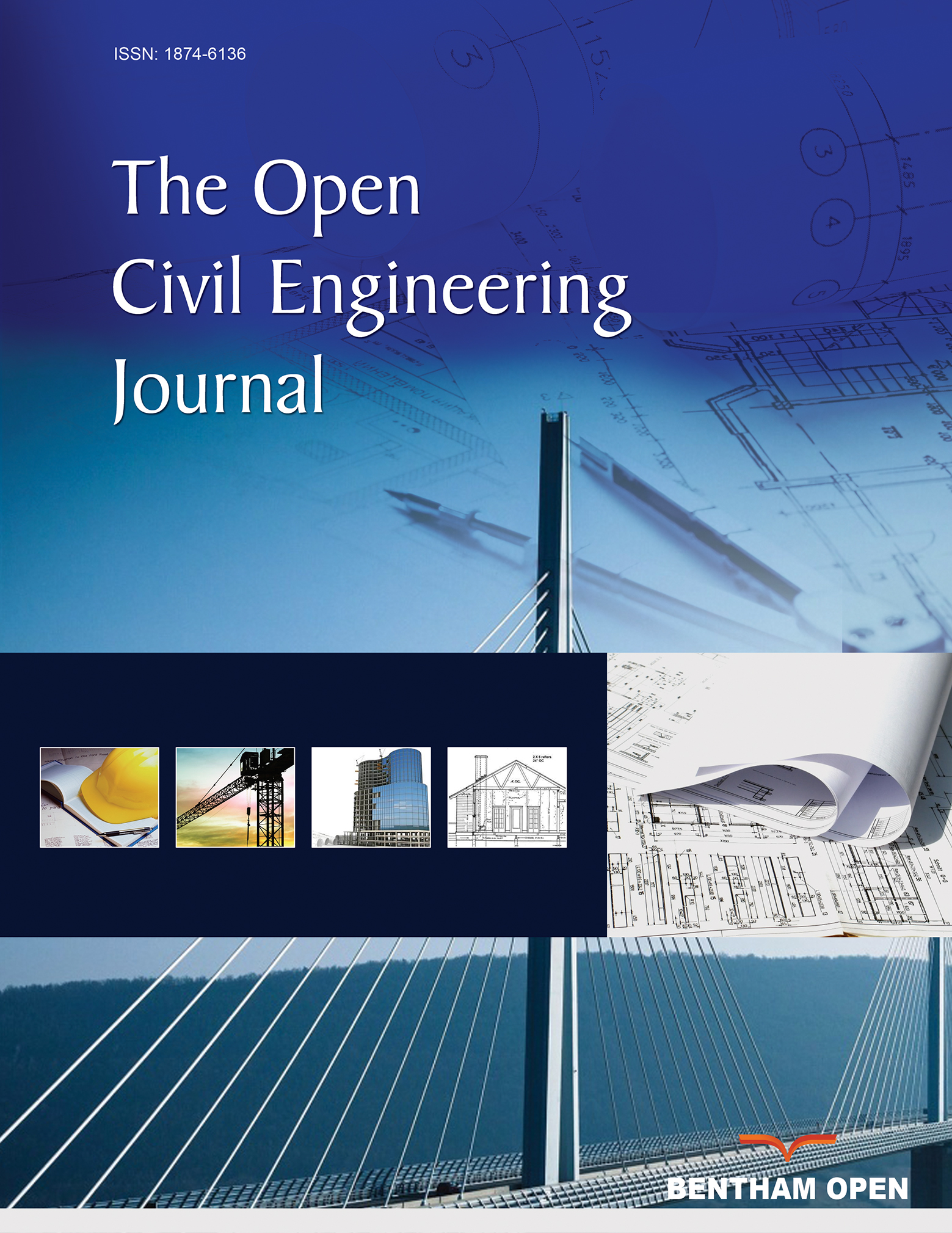All published articles of this journal are available on ScienceDirect.
An Investigation of Hydro-morphology Contributory Factors in Flooding and Sedimentation Problems on the Krueng Buloh River, Indonesia
Abstract
Introduction:
Process-based river hydrology and morphological analyses are infrequent, especially in developing countries. Climate change and the expected occurrence of major floods and erosion that could threaten the safety of nearby and downstream settlements, especially in areas that are very sensitive and affected by global warming, have made this kind of investigation necessary.
Methods:
The watershed of the River Krueng Buloh is prone to severe flooding, which has many social and economic effects on the villages nearby, such as the loss of crops and the destruction of buildings. However, the hydro-morphology and fluctuation of this river have not yet been studied. This research aims to determine which factors influence the stability of a river channel in the downstream region of the Krueng Buloh watershed following flooding or erosion.
Results:
To achieve this objective, field, and satellite-based observations of the hydro-morphology of a Krueng Buloh watershed have been performed. The investigation reveals that floods and sediment accumulation in the floodplain were triggered by excessive rainfall, the meandering of the river, and the riverbank soil type.
Conclusion:
The conclusions and methods given can be used to evaluate flooding and sedimentation in rivers for future operations to protect and preserve rivers.


